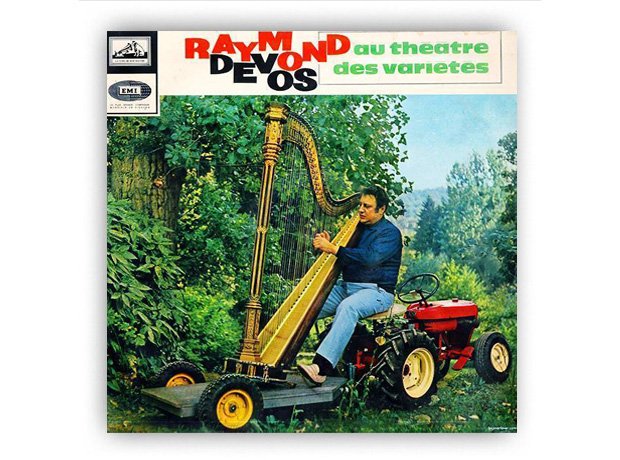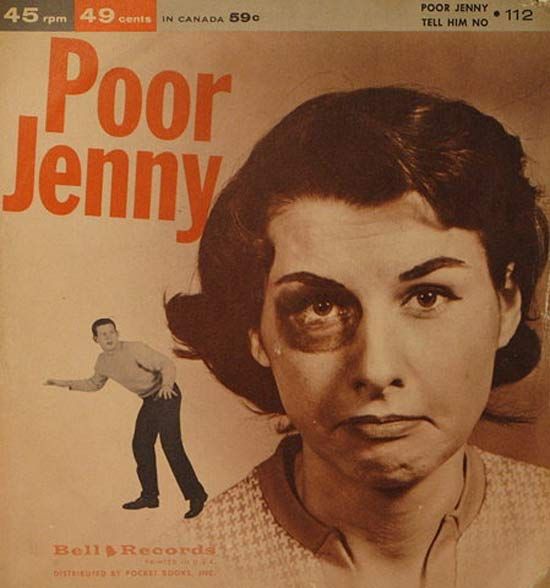Funny how subjective,well, subjective evaluations can be! I had plenty of time with my Fosgate Tate 101A along side my Sansui QSD-1000. I remember my long lasting impression is that the Fosgate always sound a little bit bright like it might on the verge of harshness. The Sansui was the opposite sound a bit dark again just on the verge of a bit muffled.You hit the nail on the head about the Tate having a warmer sound, I find that the SM (I have the evaluation modules) has a bit of what I would call upper midrange glare. I like to hear that the Sound Master bypasses the signal when turned off, that's what I like to do in my DIY projects, I've even added such relays to some equipment for others.
Or to put it another way quoting J. Gordon Holt: "there are only two forms of audio distortion, commission or omission." I prefer to call it additive or subtractive. Additive is when noticeable distortion is there, or an increase in freq response,etc compared to neutral. I consider the Fosgate to fall into this camp. Subtractive would be when detail resolution, bass impact or bass/treble is lessened. I would put the Sansui in this category & not just the D-1000 it seemed an overall characteristic of Sansui VM.
The Surround Master is more neutral and detailed than any matrix type surround sound decoder I've ever heard. It is of course the beneficiary of updated technology & a fresh look at matrix decoding so it should be. I really find it hard to detect a signature that would put it into either add or subtract group.
RE: stereo bypass. Yes it is a straight through by relay on the SM when 2ch is selected. Unfortunately there's maybe a 10 dB drop in volume level compared to surround output when doing this. Maybe this is a time a little more circuitry to match levels would help!






































